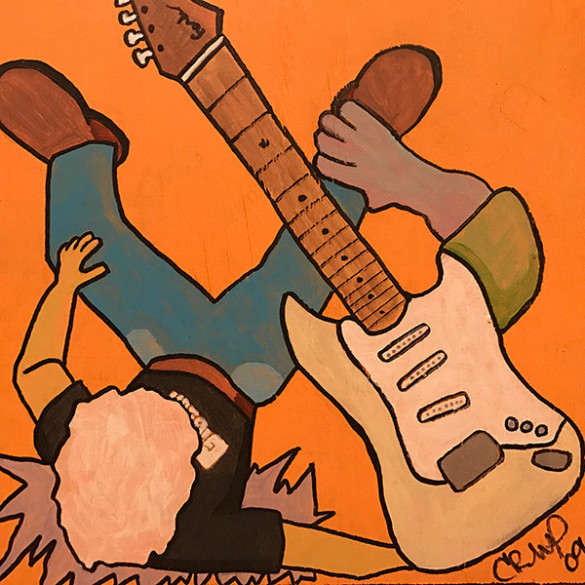
Patients who undergo surgery for carpal tunnel syndrome can regain their typing ability within two or three weeks after the operation.
That is the conclusion of a serendipitous research project that came about because a psychologist who studies the automatic response patterns involved in typing broke his shoulder.
In 2009, Gordon Logan, Centennial Professor of Psychology at Vanderbilt University, put a stool on top of a chair to change a light bulb. The arrangement was unsteady and caused him to fall, badly injuring his shoulder.
“I had to have my shoulder replaced,” Logan said. “So I saw my orthopedic surgeon, Donald Lee, many times in the next few months.”
During their meetings, the conversation often turned to research. “He was focused on practical questions and wondered why anyone would ask the abstract theoretical questions that I do,” Logan said. “I managed to convince him that typing was an important practical problem.”

Lee, who is a professor of orthopedics and rehabilitation at the Vanderbilt University Medical Center, is an expert on hand and shoulder surgery.
As a result of their discussions, Lee and Logan designed an experiment to assess how quickly patients regain their typing speed after undergoing carpal tunnel release surgery.
The experiment was performed by Vanderbilt University Medical Center orthopedic resident Justin Zumsteg (now at the Orlando Health Orthopedic Institute in Florida) and Logan’s former post-doctoral student Matthew Crump (now at the City University of New York) and the results of the study are published in the paper titled “The Effect of Carpal Tunnel Release on Typing Performance” in The Journal of Hand Surgery.
“We found that people recovered their pre-operative typing speed two to three weeks after surgery,” Logan said. “This provides a benchmark for recovery that prospective patients can consider in deciding whether to have surgery or when to have it.”
“Since we found that patients regain their typing ability relatively quickly, we now allow them to go back to typing relatively early,” said Lee. “They may not be able to type for several hours at a time, but we don’t necessarily restrict them from typing around two to three weeks post op.”
“I know it’s hard to believe,” said Logan, “but I actually managed to get a paper out of a broken shoulder!”
